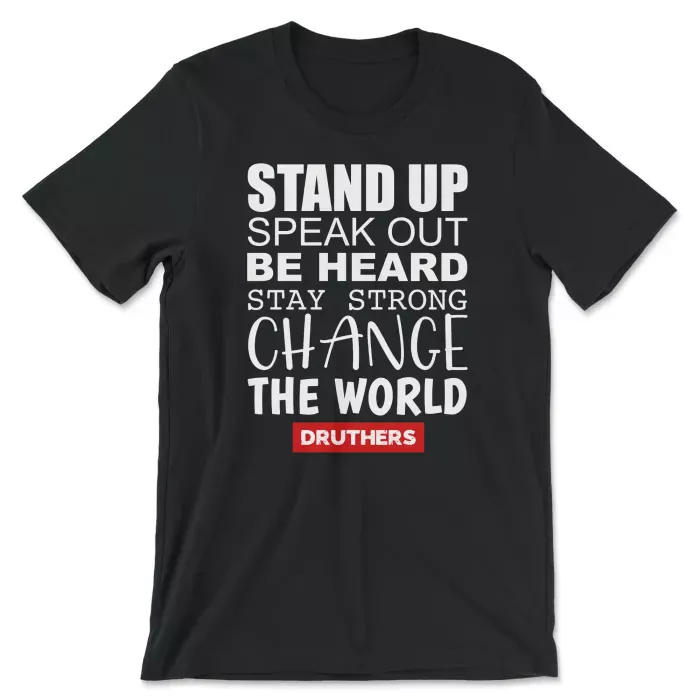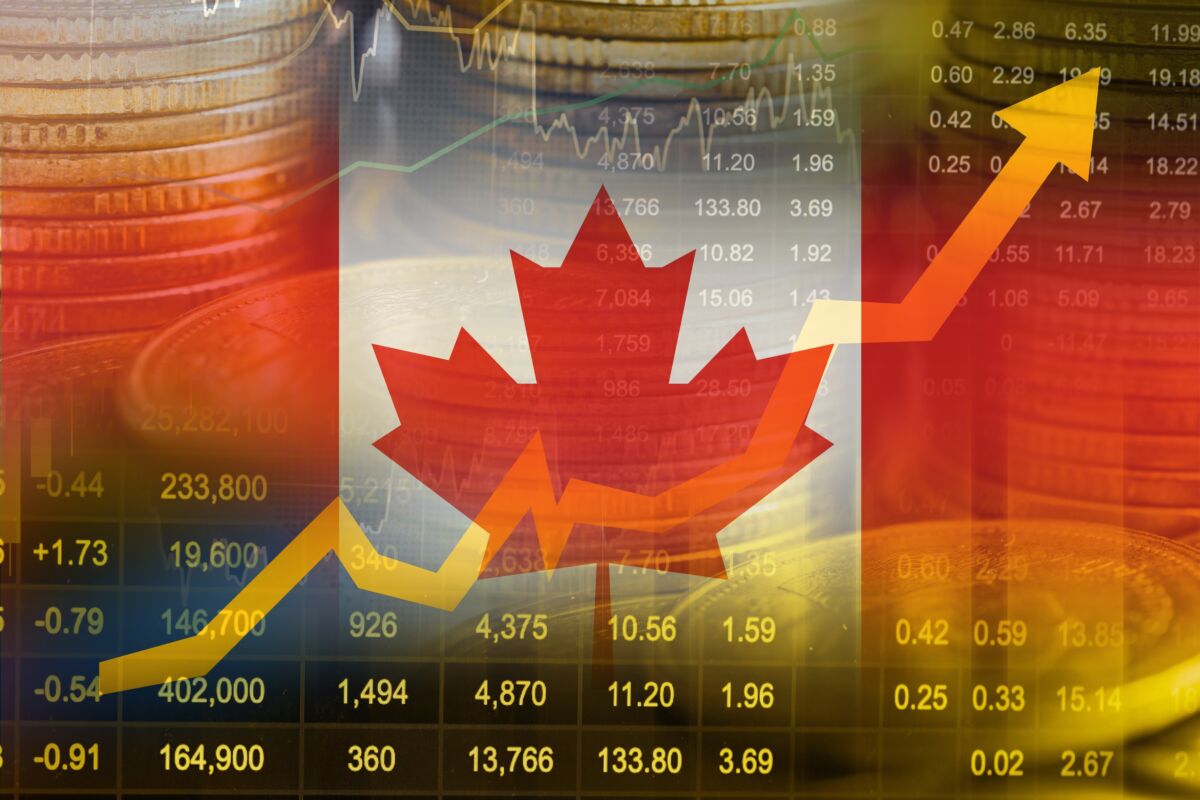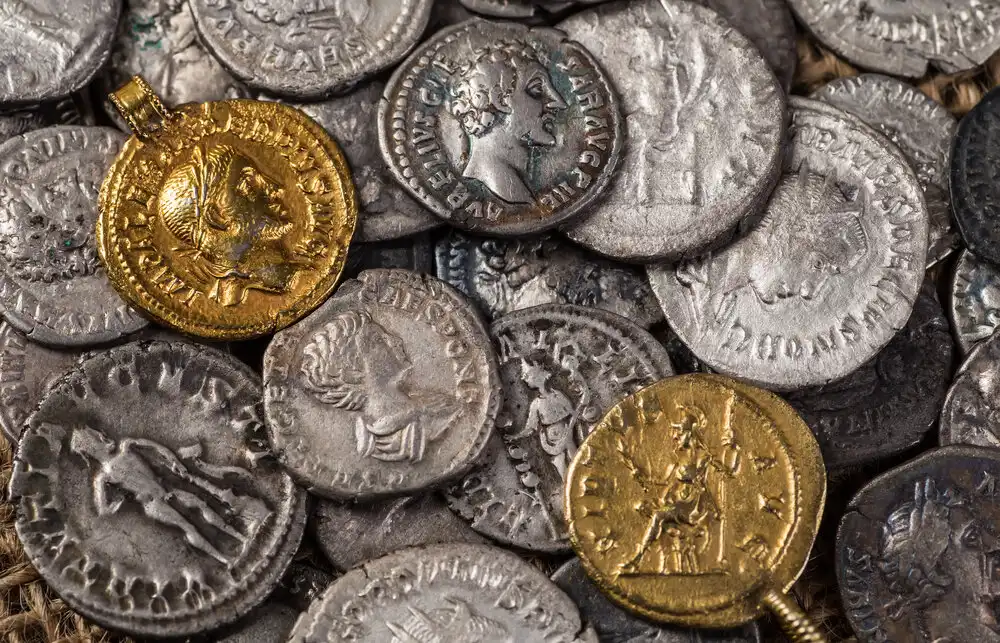
Calgary,Alberta,,Canada.,Jan,29,,2020.,A,Collage,Of,Canadian
Photo credit: oasisamuel / shutterstock.com
Too Big To Fail?
Dark Implications of Secret 2008 Canadian Bank Bailouts
In the last edition (March 2023), Druthers contributor Tish Conlin reviewed Canada’s precarious financial sector in her article, “Is This a Controlled Demolition of Our Banking System to Set Up For a Central Bank Digital Currency As The ‘Solution’?” The house of cards she described has since grown shakier, and readers wondering whether they should keep their savings in Canadian banks deserve to learn about a little-known fact from the 2008 global financial crisis, which is that Canada’s major banks were secretly bailed out. Massively so. As officials covered this up, citizens’ assumptions were preserved that Canada has the “most sound banking system in the world.”
It’s time to upend those assumptions
Let’s review a bit of Canadian banking history and what happened between 2008 and 2010, then fast-forward to the implications today. For further research, I recommend to readers Dan Dick’s Press for Truth report on Canadian bank bailouts dated March 16, 2023, and an April 2012 report from the Canadian Centre for Policy Alternatives (CCPA) titled, The Big Banks’ Big Secret, written by David MacDonald.
Don’t lose touch with uncensored news! Join our mailing list today.
The last great banking news for ordinary citizens was arguably in 1938 when Prime Minister William Lyon Mackenzie King nationalized the Bank of Canada; the BoC controlled currency and permitted the government to borrow up to 50 percent interest-free loans for infrastructure projects like the St. Lawrence Seaway and the TransCanada Highway. Finance Minister Paul Martin changed the rules such that Canada borrows from private sector banks and pays the going interest rate. While the banks don’t mint currency, they’re responsible for 95 percent of all loans. This lucrative situation was made recklessly so by Prime Minister Brian Mulroney, who erased the requirement that banks hold eight percent reserves on the money they could loan out 12.5 times over. After Mulroney, the fractional reserve system required zero reserves from the private banks, meaning if many customers attempted to withdraw their funds at the same time, the banks would not be able to honour their requests.
During the Great Financial Crisis (GFC), between 2008 and 2010, the federal government arranged to purchase insured mortgage pools from Canada’s banks in order to keep them afloat. This help was artfully called “liquidity support” in order to disguise the generosity afforded to the banks. As the CCPA report states, “Between October 2008 and July 2010, Canada’s largest banks dipped into programs provided by the U.S. Federal Reserve, the Bank of Canada and the Canada Mortgage and Housing Corporation (CMHC) — all at the same time. Both the U.S. Federal Reserve and the Bank of Canada offered short-term collateralized loans which peaked at $33 billion and 41 billion Canadian dollars respectively. CMHC was buying mortgages directly from the banks after they had been converted to mortgage-backed securities. By the end of this program, CMHC had purchased $69 billion worth of mortgages.”
The support peaked in March 2009 at $114 billion. At the time, this represented seven percent of the economy or $3,400 for every man, woman and child. Amazingly, government support of three of the underwater banks (CIBC, BMO, and Scotiabank) exceeded the companies’ value! CIBC received funds worth 1.5 times the bank’s value, ergo it would have been cheaper for the government to simply buy all the shares of the company.
Banks kept making bank
With the taxpayer’s help, the banks remained profitable over the period, sharing $27 billion in profits between them. While Canadians were losing their jobs and homes, the bank CEOs ranked among the highest-paid executives in the country, each receiving raises in total compensation. No belt-tightening for them! (The compensation of TD’s Edmund Clark, for example, rose from $11.1 million in 2008 to $15.2 million in 2009.) Smaller banks such as National Bank, HSBC and ING may also have accessed Bank of Canada and CMHC programs, but because the support amounted to less than $4 billion the details remain sketchy.
Meanwhile, public officials covered for the banks. For instance, then-Prime Minister Stephen Harper said, “It is true, we have the only banks in the western world that are not looking at bailouts or anything like that… and we haven’t got any TARP money.”
Last month south of the border
Let’s zoom out from the Canadian situation and look at what’s just happened south of the border. On March 12, 2023 — the US Fed abandoned all pretense of monetary tightening (to fight inflation) and introduced the Bank Term Funding Program that will inject $2 trillion in liquidity (translation: money printing). When the Fed similarly introduced $700 billion in liquidity in 2008, it quickly ballooned to $7 trillion. Now we’re starting at $2 trillion; where will that end up?
Large US banks like JP Morgan are borrowing from $30 billion at the Fed discount window and loaning the money out to smaller regional banks. There’s an arbitrage opportunity for them to eventually take over the small banks, which will leave only a handful of large players when central bank digital currency (CBDCs) is introduced, possibly this year (validating Tish Conlin’s thesis).
What’s different today (compared to decades prior when JP Morgan Chase, Citi Group and Deutsch Bank underwrote globalism) is the secretive Switzerland-based Bank for International Settlements (BIS) now controls central banks and champions globalism. Technocracy expert Patrick Wood calls the BIS the “white hot core” of globalism and the transhumanist agenda. It’s possible that, in order to soften the public up for CBDCs, it will create a useful crisis — possibly lighting the fuse on the rarely discussed “weapons of mass destruction” (as Warren Buffett calls them) known as derivatives, now totalling a staggering one quadrillion in poorly understood liability.
“2023 is Year One of the New World Order.”
– Trilateral Commission
While some Canadians might assume the government will again bail out the major Canadian banks, it’s unlikely anything could float them over such a tsunami. Most likely a period of Venezuela-style hyperinflation will precede a protracted depression and total restructuring of the world financial system along World Economic Forum lines. In light of this, a recent statement from the Trilateral Commission seems apt. The Commission recently held a first-ever global meeting of all three of its regions at its Annual Plenary Meeting in New Delhi in March. It declared that “2023 is Year One of the New World Order.”
China has just brokered a peace deal between Iran and Saudi Arabia — sidelining Israel and the beleaguered United States, which is rapidly losing its world reserve currency status to China and the BRICS nations.
I can’t advise people about how to invest their money, but in light of the above, it might be a good time to diversify into inflation-resistant assets (e.g., precious metals, real estate, artwork) and not leave all your cash invested in Canada’s banks.
Guy Crittenden is a freelance writer and author of the award-winning book The Year of Drinking Magic: Twelve Ceremonies with the Vine of Souls (Apocryphile Press, San Francisco). Follow Guy at HipGnosis.co















